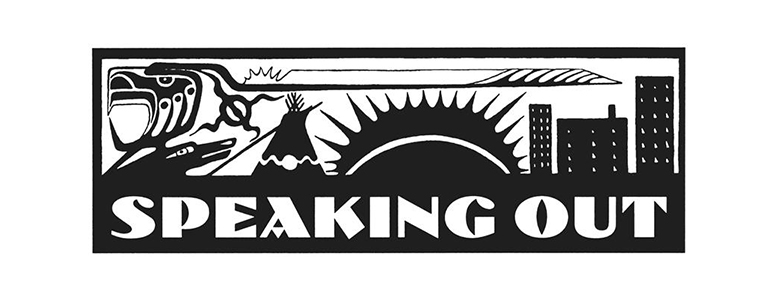By Rob Houle, Local Journalism Initiative Reporter
**This article deals with topics that may be traumatic to readers. It deals with problematic events and systemic discrimination faced by Indigenous people. If you or someone you know is dealing with trauma the Hope for Wellness Help Line offers immediate help to all Indigenous peoples across Canada. It is available 24 hours a day, 7 days a week to offer immediate support and crisis intervention. Call the toll-free Help Line at 1-855-242-3310 or connect to the online chat at www.hopeforwellness.ca.**
(ANNews) – Last week, much of Alberta was left in disbelief when the Alberta Serious Incident Response Team (ASIRT) released their final report on the December 9, 2020 incident involving 18 year old Pacey Dumas.
Responding to a domestic disturbance in which a knife was allegedly present, numerous officers attended the Dumas residence with weapons drawn in a tactical fashion. Upon arrival, the Edmonton Police Service (EPS) officers provided verbal commands to the residents in the home, to which there was compliance.
Witnesses recalled that following the verbal commands Dumas remained on the ground in a vulnerable position in a squirming fashion. It was at this time that Officer Ben Todd relayed more verbal commands which were followed by a “soccer kick” like attack. This kick rendered Dumas unconscious and caused severe injuries to his skull.
At no point in the altercation was a knife presented or brandished, nor was it used in a threatening fashion. Witnesses stated that they had never seen a knife, and this was corroborated when ASIRT spoke to other responding officers. It was only the next day that a knife was located in the vicinity of the residence, but it remained unclear if it was connected to the initial call.
As covered in various other news outlets, the kick exerted by Officer Todd resulted in severe trauma to Dumas in which portions of his skull had to be removed permanently due to “critical intracranial injuries, with subdural hemorrhage and midline shift.” While this act, in the eyes of ASIRT may be justifiable under the Police Act, they concluded that the actions of Officer Todd were far from reasonable and were of a “hasty and violent nature”.
With this determination, ASIRT forwarded the issue to the Alberta Crown Prosecutors Service (ACPS) for further consideration on whether criminal charges should be applied. In the end, and as another violation against Dumas, the ACPS declined to apply criminal charges relying upon an external opinion which remains clouded in scrutiny.
However, this type of violence and systemic failure is nothing new to Indigenous people in Edmonton. For years, it has been a proverbial open season on Indigenous people at the hands of the EPS. In 2022, citizens were shocked when surveillance video surfaced of an Indigenous woman being manhandled by an officer responding to a fight in the City’s downtown core. In that incident, a knife was brandished towards another female, but not towards the responding officer or any other individual.
Regardless, the responding officer showed little remorse in initiating an altercation in which he used his significant size advantage. This event resulted in zero charges, and the victim of police action was later released. With details trickling out following the release of the video and outcries from concerned advocates.
Examining the Tracking Injustice database, we can see that 24 people of Indigenous or “Unknown” heritage have been killed by the EPS since 2001. These figures reflect readily available data, and do not reflect other incidents currently under investigation or shrouded in secrecy due to the EPS policies.
Most recently, an innocent bystander was killed when EPS gunned down Mitchell Tyler Potts following a robbery complaint in February of 2022. This blatant disregard for safety leads to other questions around why the EPS continues to respond in this fashion, and whether the fact that the offender is Indigenous raises the violence factor.
These considerations are equally troubling given the Edmonton Police Commission (EPC) boasts Indigenous membership and the Chief of Police identifies as a Metis person. But one cannot help but think that these facts serve as a shield of sorts, one that attempts to justify an ongoing escalation of violence against Indigenous people in Edmonton.



Be the first to comment on "Speaking Out: Open Season on Indigenous People in Edmonton"